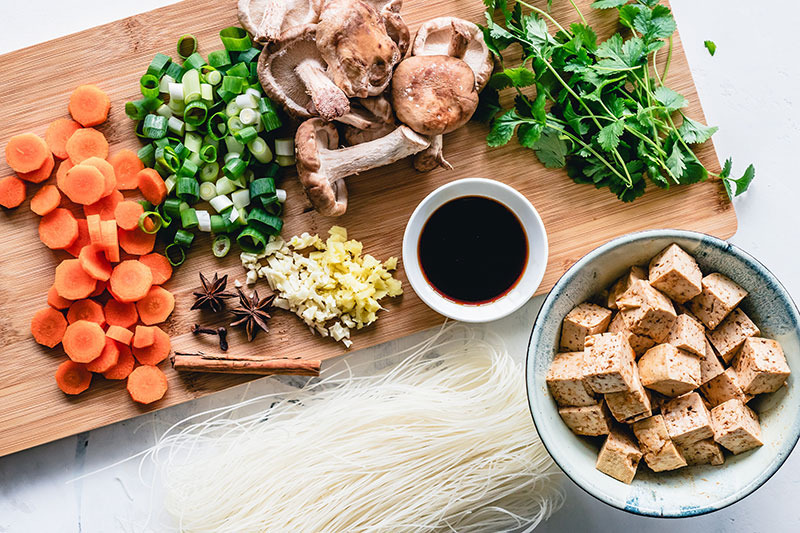The good thing about having to stay at home is that you have more time to cook and get creative in the kitchen, but be careful not to go overboard. Here are some tips to make sure your time in the kitchen is efficient and resourceful.
Fresh and frozen
True, fresh produce is often better, but at a time like this, opting for frozen vegetables and frozen seafood can be wise. They’re just as nutritious, are more convenient to keep and sometimes more affordable. Go for dark leafy greens that are mostly rich in antioxidants and nutrients.
Stock Smartly
Stocking your pantry with ingredients is often more efficient in the long run. Just remember that the items you buy in bulk are shelf-stable options, not fresh ingredients that can go bad quickly. Have dry staples like chia seeds, quinoa or lentils ready for a quick meal fix.
Oil Options
Remember that olive oil is always the better choice for cooking. It’s rich in antioxidants, anti-inflammatory, and good for your cardiovascular and brain health. However, since olive oil has higher smoke point, it’s best to use it for low-heat cooking. For medium-heat cooking, coconut oil is better, and use avocado oil for high-heat cooking.
Simple Seasoning
Try to use simple ingredients that you already have in your kitchen to season your meals instead of ready-to-use dressings or sauces. Store-bought dressings usually contain a high amount of refined oils and sugar. Get creative with lemons, or Himalayan sea salt, and be a wiz with the cilantro, basil and parsley.
Fat and Lean the Right Way
Find the right fats in food like eggs, avocado, nuts, chia seeds, and the aforementioned oils. Just remember to consume them in moderation. The good fats can also be found in fish such as salmon, trout, mackerel and sardines, which are omega-3-laden, and that’s good for the heart. Try to minimise your red meat consumption, but opt for high-quality grass-fed meat when you do want some.





















